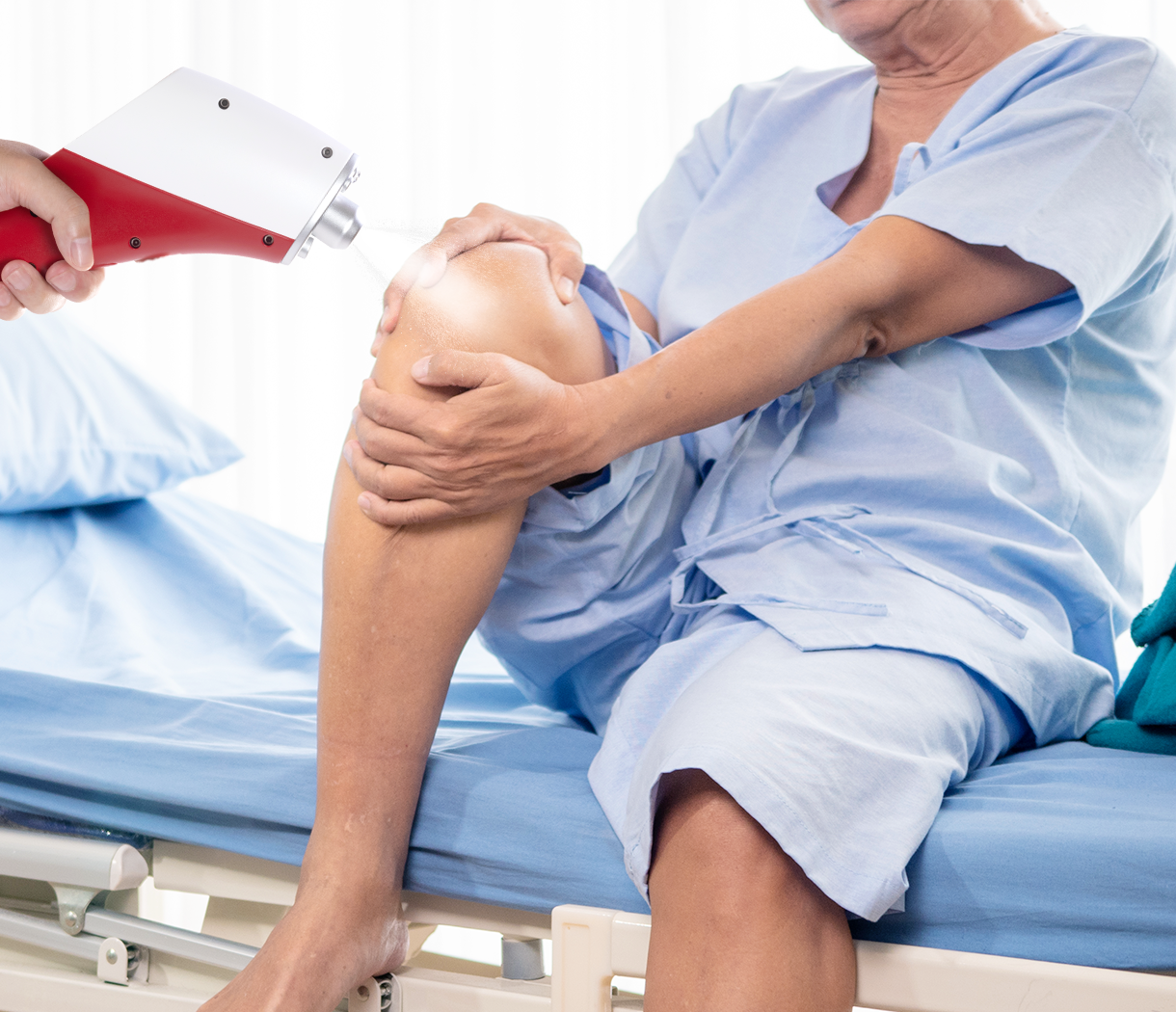Navicular Disease and the Hidden Toll on Horses
Navicular disease is a chronic, painful condition affecting a horse’s forelimbs, particularly the navicular bone in the hoof. Horses with this disease often experience lameness, reduced mobility, and a drop in performance. The symptoms can be subtle at first, such as slight lameness or an uneven gait. This means the condition may go unnoticed until it reaches a more severe stage. Once diagnosed, managing navicular disease with traditional methods like rest, medication, and corrective shoeing can be challenging. The pain from this condition not only affects a horse’s athletic ability but also reduces its overall quality of life. Horses that don’t respond to conventional treatments may be forced into early retirement. This can be frustrating for both owners and trainers. Advanced therapies like CO2 cryotherapy offer a next-level solution, targeting both the pain and inflammation that contribute to navicular disease.
CO2 Cryotherapy: Not Just An Ice Pack
CO2 cryotherapy is a revolutionary treatment that goes beyond the capabilities of traditional cold therapy. Unlike the conventional use of ice packs or cold baths, which can only provide superficial cooling, CO2 cryotherapy utilizes pressurized carbon dioxide gas to create a controlled, deep-cooling effect. When applied to the affected area, the gas cools the skin and underlying tissues rapidly, causing a temporary constriction of blood vessels—a process known as vasoconstriction.
This controlled cooling significantly reduces inflammation, pain, and swelling, while also promoting faster healing by enhancing blood flow once the vessels dilate. For horses suffering from navicular disease, CO2 cryotherapy delivers relief by targeting the inflammation in the tissues surrounding the navicular bone and soft tissues in the hoof, helping to reduce the long-term effects of the condition and promote a more comfortable lifestyle.
CO2 Cryotherapy’s Superpowers for Navicular Disease
The key to CO2 cryotherapy’s effectiveness lies in its ability to reduce inflammation and pain while accelerating the healing process. In navicular disease, inflammation in the tissues surrounding the navicular bone often contributes to pain and lameness. CO2 cryotherapy directly targets this inflammation by cooling the affected area deeply and precisely.
Once applied, the rapid cooling induces vasoconstriction, which decreases swelling and numbs the pain by reducing nerve sensitivity. As the cryotherapy session continues, blood vessels dilate, leading to improved circulation and the delivery of oxygenated blood to the affected tissues. This results in faster recovery and a reduction in long-term damage from chronic inflammation.
For horses with navicular disease, CO2 cryotherapy not only offers immediate pain relief but also provides long-term benefits by promoting the natural healing processes that may have been impaired by ongoing inflammation. The reduction in swelling and discomfort can restore mobility, allowing horses to regain their performance levels.
Other Applications of CO2 Cryotherapy for Horses
While CO2 cryotherapy is particularly effective for treating navicular disease, its benefits extend far beyond just this condition. The therapy can also be used to manage a variety of musculoskeletal issues commonly found in horses, including:
Soft tissue injuries: Tendon and ligament strains or sprains can benefit from cryotherapy’s ability to reduce swelling and speed up recovery.
Arthritis: Joint inflammation caused by arthritis is alleviated through the cooling effect of CO2, providing relief from stiffness and pain.
Post-exercise recovery: Athletes (and working horses) can use cryotherapy to reduce muscle soreness, improve flexibility, and enhance overall recovery time.
Swelling and bruising: Whether from an acute injury or repetitive stress, cryotherapy helps alleviate swelling and promote faster recovery in the affected tissues.
This versatility makes CO2 cryotherapy an essential part of an equine care regimen, particularly for horses that need a non-invasive, drug-free solution for a range of conditions.
Incorporating into Your Horse’s Regimen
Incorporating CO2 cryotherapy into your horse’s treatment plan is easy. It can be used alongside other therapies or on its own. For horses with navicular disease, regular cryotherapy sessions help reduce pain and inflammation, keeping them active and comfortable.
CO2 cryotherapy is typically administered in short, controlled sessions. The frequency and duration are tailored to the horse’s needs. It can fit into an existing rehab program or serve as a preventive measure for horses in high-impact activities. Trainers and owners should work with a certified professional to ensure safe and effective application.
For more aggressive treatment, combining CO2 cryotherapy with therapies like shockwave or laser therapy can speed up healing and improve long-term results.



